Not everything labeled as “healthy” is as wholesome as it seems. From low-fat snacks to plant-based alternatives, many foods are marketed as smart choices but may be hiding added sugars, excess sodium, or questionable ingredients. Nutritionists warn that some of these so-called health foods can actually derail your diet, spike your blood sugar, or contribute to long-term health issues. Whether you’re trying to eat cleaner or just make better grocery decisions, it’s worth taking a closer look. Here are 30 popular foods that may appear healthy—but experts say they’re better left off your plate or eaten in moderation.
1. Flavored Yogurt
It may look like a wholesome breakfast, but flavored yogurt is often more dessert than health food. Many varieties contain as much sugar as a candy bar, with sweeteners, thickeners, and artificial flavors taking center stage.
The added sugars can spike blood glucose and leave you hungry again soon after. Even “low-fat” versions compensate by adding more sugar to make up for taste. For a genuinely healthy choice, go for plain, unsweetened yogurt and mix in whole fruit for natural sweetness and fiber. It’s the only way to enjoy the benefits without the hidden sugar overload.
2. Granola
Granola’s crunchy texture and wholesome image are often deceiving. While oats and nuts can be nutritious, many store-bought granolas are loaded with added sugars, oils, and preservatives. One small serving can pack as many calories as a full meal, especially when paired with yogurt or milk. The portions are often misleading, making it easy to overeat without realizing it. What started as a health food has morphed into a dessert in disguise. For a better option, make your own at home using whole oats, a touch of honey or maple syrup, and real nuts or seeds—no surprises.
3. Veggie Patties
Just because “veggie” is in the name doesn’t mean it’s packed with vegetables. Many frozen veggie patties are heavily processed, containing more fillers, starches, and sodium than actual produce. They’re often held together with additives and oils that compromise the nutritional quality. While some brands use wholesome ingredients, others offer little fiber or protein, leaving you unsatisfied. Texture and flavor enhancers can also drive up the sodium count. To make the most of your meatless meal, look for patties with real, recognizable ingredients—or better yet, try making your own using lentils, beans, and fresh vegetables.
4. Deli Meats
Sliced turkey or lean ham might seem like a healthy lunch option, but deli meats are often high in sodium, preservatives, and nitrates. These additives extend shelf life but may also pose long-term health risks, including increased cancer risk. Even lower-fat options can contain hidden sugars and artificial flavors. Eating them regularly can contribute to high blood pressure and inflammation. While convenient, they’re far from clean eating. If you love sandwiches, consider roasted meats from home or plant-based alternatives with fewer additives and lower sodium.
5. Reduced-Fat Peanut Butter
The idea sounds great—fewer calories and less fat—but reduced-fat peanut butter is often worse for you than the original. When fat is removed, manufacturers typically add sugar and starches to maintain texture and taste. This results in a product that’s more processed and less satisfying.
Natural peanut butter, made with just peanuts (and maybe a bit of salt), delivers healthy fats, protein, and fiber. Those fats actually help keep you full and support heart health. Stick to the real stuff for a more nourishing and cleaner option that doesn’t need unnecessary extras to taste good.
6. Sports Drinks
Unless you’re running marathons or spending hours in the gym, sports drinks aren’t doing your body many favors. Originally designed for athletes, these beverages are loaded with sugars, artificial dyes, and electrolytes most people don’t need. A single bottle can contain more sugar than a soda, with little nutritional value to justify it. While they promise hydration, they often contribute to excess calorie intake and blood sugar spikes. For most people, water is more than enough to stay hydrated—and you’ll avoid the chemical cocktail that often hides behind those bright, neon colors.
7. Diet Soda
Zero calories doesn’t always mean zero impact. Diet sodas replace sugar with artificial sweeteners, which may still affect your metabolism and hunger cues. Some studies suggest these sweeteners can increase cravings for sugary foods or trick the brain into expecting calories it never receives. On top of that, diet sodas often contain chemicals like phosphoric acid and caramel color that don’t contribute to health. While they may seem like a better alternative to regular soda, they’re still a far cry from a healthy beverage. Water, sparkling water, or herbal teas are smarter sips in the long run.
8. Energy Bars
Don’t be fooled by the protein claims and sleek packaging—many energy bars are closer to candy bars than nutritious snacks. They often contain added sugars, processed oils, and artificial flavors to make them palatable. Some can pack over 300 calories per bar, without offering much fiber or lasting satiety. The boost you get is usually short-lived, followed by an energy crash. If you’re looking for portable fuel, opt for whole foods like a handful of nuts and fruit. They’re more satisfying and provide actual nutrients without the processed extras.
9. ‘Skinny’ Alcoholic Beverages
Low-calorie cocktails may sound like a smart splurge, but these drinks often use artificial sweeteners and chemical additives to keep calories down. While they reduce the sugar load, they still offer no real nutritional value—and the alcohol itself still stresses your liver and dehydrates you. Plus, the sweet taste can encourage overconsumption. If you’re drinking for health, you’re already off course. If you choose to indulge, it’s better to stick with a simple drink made with real ingredients—and enjoy it mindfully.
10. Flavored Plant-Based Milks
Plant-based milks like almond or oat milk can be great dairy alternatives—until sugar and flavorings get involved. Flavored versions often contain more sugar than you’d expect, especially vanilla and chocolate varieties. Some also include gums, stabilizers, and synthetic vitamins to enhance shelf life and consistency. These additives can dilute the nutritional benefits. Unsweetened, unflavored options made with minimal ingredients are best if you’re avoiding dairy. Always check the label—what seems like a clean choice can quickly turn into a sugar bomb.
11. Frozen Yogurt (‘Froyo’)
Froyo’s reputation as a healthier alternative to ice cream doesn’t hold up under scrutiny. While it’s lower in fat, it’s often higher in sugar to compensate for flavor. Add in cookie crumbs, candy toppings, and sugary sauces, and you’ve got a dessert that’s just as indulgent—if not more.
Plus, some froyo contains artificial flavors and stabilizers to mimic the creaminess of real ice cream. The portion sizes at self-serve shops also encourage overeating. If you’re craving something cold and sweet, a small portion of real ice cream may actually be the better choice.
12. Flavored Oatmeal
Instant oatmeal packets are marketed as a hearty, healthy breakfast—but most are packed with added sugars, artificial flavors, and processed oats that digest quickly and leave you hungry. Even varieties labeled “low sugar” often use sweeteners or flavor enhancers that offer little nutritional value.
The result is a breakfast that spikes your blood sugar and wears off fast. A better option? Make your own using rolled or steel-cut oats, and top with fruit, nuts, and cinnamon for flavor. You’ll get the fiber and energy without the sugar crash.
13. Canned Soup
Canned soup might seem like a quick, comforting option, but many brands are loaded with sodium, preservatives, and artificial flavors. A single serving can contain half—or more—of your daily sodium intake. Even those labeled “healthy” or “light” can be high in salt to make up for reduced fat or calories. Over time, high-sodium diets can contribute to hypertension and heart issues. Homemade soup, or low-sodium versions with simple ingredients, is a much better bet when you’re craving something warm and nourishing without the hidden salt bomb.
14. Dried Fruit
Though portable and shelf-stable, dried fruit can be a sneaky source of added sugar. Many varieties are sweetened during processing, making them more like candy than fruit. Plus, the drying process concentrates natural sugars and removes water, making it easy to overeat.
A small handful of dried mango, for example, can equal several full-sized fruits in sugar content. While it still contains fiber and nutrients, dried fruit is best enjoyed in small portions—and always check the label to avoid added sweeteners and preservatives like sulfur dioxide.
15. Spicy Tuna Rolls (Sushi)
Despite sushi’s healthy reputation, spicy tuna rolls come with hidden concerns. The “spicy” element often means mayonnaise-based sauces loaded with fat and calories. Combine that with refined white rice—typically seasoned with sugar—and the dish becomes more indulgent than nutritious. Some versions also include crispy toppings, further increasing the fat content. While tuna is a great lean protein, it’s often used in small amounts, overshadowed by the sauce and starch. For a healthier sushi choice, experts suggest simple sashimi, avocado rolls, or brown rice options with minimal sauces.
16. Instant Ramen
Instant ramen is a pantry staple that’s quick and cheap, but it’s far from healthy. A single packet can deliver over half your daily sodium, often through chemical-laden flavoring powders. The noodles are usually deep-fried and made with refined flour, offering little in terms of fiber or nutrients.
What feels like comfort food is actually a processed mix of salt, fat, and preservatives. Nutritionists recommend skipping the prepackaged versions and making your own noodle bowls with broth, vegetables, and lean proteins for a much cleaner option.
17. Store-Bought Cakes
Even those labeled “organic” or “natural” can be nutritional landmines. Store-bought cakes often contain a long list of processed ingredients, including refined flours, hydrogenated oils, and artificial colorings. Most are high in added sugars and low in fiber, spiking blood sugar quickly without delivering sustained energy. The portion sizes are often oversized, and frosting adds even more empty calories. Nutritionists say if you’re going to indulge, homemade versions using better ingredients in reasonable portions are far more balanced—and satisfying.
18. Cheese Crackers
Don’t let the cheesy label fool you—many of these snacks have very little real cheese and plenty of additives. Most cheese crackers are made with refined flour and vegetable oils, offering little nutritional value. The cheese flavor often comes from powders and artificial flavors rather than real dairy. They’re also typically high in sodium and contain preservatives to extend shelf life. While crunchy and convenient, they’re more of a processed snack than a wholesome treat. Whole-grain crackers with real cheese or nut butter are a better option.
19. Microwave Popcorn
Popcorn itself can be a healthy snack, but the microwaveable kind is a different story. Many varieties come with artificial butter flavoring, trans fats, and chemical coatings on the bag lining—some of which have raised health concerns. Even “light” versions can contain hidden oils and salt. Plus, those buttery flavors often leave a greasy aftertaste and unnecessary calories. Air-popping kernels at home and adding your own seasoning gives you all the crunch with none of the questionable extras. Nutritionists agree: popcorn is fine—just ditch the bag.
20. Packaged Turkey Bacon
Marketed as a leaner alternative to pork bacon, turkey bacon often isn’t much healthier. It’s typically highly processed, with added sodium, preservatives, and flavor enhancers. While it’s lower in fat, it still delivers significant salt and can contain nitrates, which are linked to health risks when consumed frequently.
The texture and flavor are also less satisfying, leading people to overeat. Experts suggest that if you enjoy bacon, occasional consumption of high-quality, minimally processed pork—or skipping it entirely—is better than regularly choosing the processed alternative.
21. Smoothies from Chain Stores
Smoothies can be packed with vitamins—when made thoughtfully. But many chain-store versions rely on sweetened yogurt, fruit concentrates, and even sorbet, transforming them into sugar bombs. What starts as a health drink can easily rival a milkshake in calories. Some include very little actual fruit or fiber, making them less filling than they appear. Experts recommend making smoothies at home using whole fruits, leafy greens, unsweetened liquids, and healthy fats like nut butters or seeds for a more balanced, nutrient-dense beverage.
22. Rice Cakes
Light, airy, and low in calories, rice cakes seem like a diet-friendly snack—but they’re not all that filling or nutritious. Made from puffed white rice, they’re low in fiber and can cause blood sugar spikes when eaten alone. Flavored varieties may also contain added sugars or sodium. Because they digest quickly, they leave you hungry soon after. To make them more satisfying, experts recommend pairing plain rice cakes with protein or healthy fat—like almond butter or hummus—but even then, they’re not a nutritional standout.
23. Trail Mix
It sounds like the ultimate wholesome snack, but prepackaged trail mix often includes chocolate candies, sweetened dried fruit, and salted nuts—turning it into a high-calorie treat. A handful can exceed 300 calories without offering much fiber or protein, depending on the ingredients.
Plus, it’s easy to eat more than a serving when snacking straight from the bag. To keep trail mix healthy, nutritionists suggest making your own using raw or dry-roasted nuts, unsweetened dried fruit, and maybe a few dark chocolate chips for good measure.
24. Gluten-Free Packaged Foods
Just because something is gluten-free doesn’t mean it’s good for you. Many gluten-free snacks, breads, and crackers use refined starches like rice flour or potato starch, which can spike blood sugar and offer little nutritional value. They’re also often high in sugar, fat, and additives to make up for flavor and texture. Unless you have celiac disease or a gluten intolerance, there’s no need to avoid gluten—and gluten-free processed foods can sometimes be worse than their whole-wheat counterparts. Nutritionists recommend focusing on naturally gluten-free whole foods like quinoa, legumes, and vegetables.
25. Plant-Based Meat Alternatives
Swapping meat for plant-based options can be smart, but many meat alternatives are ultra-processed. Packed with sodium, preservatives, and ingredients like methylcellulose or soy protein isolate, they may resemble fast food more than health food.
While they’re lower in saturated fat than red meat, they often lack the whole food simplicity of beans, lentils, or tofu. Experts agree that not all veggie burgers are created equal—look for short ingredient lists with recognizable foods. If you’re eating plant-based for health, homemade options using legumes or grains are a better bet.
26. Fruit Juices
Even if the label says “100% juice,” drinking fruit instead of eating it removes fiber and concentrates the sugar. A small glass can contain as much sugar as soda, without the satiety that comes from chewing. While juice offers some vitamins, it lacks the balancing effects of whole fruit. That sugar rush can lead to energy crashes and increased appetite later. Nutritionists suggest choosing whole fruit or diluting juice with water if you want to enjoy it occasionally. It’s better as a treat than a daily drink.
27. Low-Fat Salad Dressings
Fat-free or low-fat dressings may cut calories, but they often do so by adding sugar, sodium, and artificial thickeners. Plus, the healthy fats you’d find in olive oil-based dressings help your body absorb fat-soluble vitamins in the salad itself—like A, D, E, and K. Without that fat, you’re not getting the full benefit of the greens. Experts recommend skipping the bottled dressings and using simple homemade versions with olive oil, vinegar, lemon juice, and herbs. They’re tastier, cleaner, and more nutritious.
28. Cereal Bars
Convenient and neatly packaged, cereal bars often pretend to be breakfast—but most are high in added sugars, low in fiber, and full of refined carbs. Some are even coated in icing or contain candy-like fillings. Despite claims of whole grains or vitamins, the nutrition is closer to a dessert than a balanced meal. Experts suggest that if you need something quick, look for bars with minimal added sugar and at least 3 grams of fiber and protein—or better yet, grab a piece of fruit and a handful of nuts.
29. Whole-Grain Bread
Not all breads with a “whole grain” label live up to the claim. Many still contain refined flour, caramel coloring, and added sugars to improve taste and appearance. These loaves might have minimal actual whole grains and lack the fiber you’d expect. The bread may look healthy, but it can digest quickly, leaving you hungry again soon. To spot the real deal, check the label: “100% whole grain” should be one of the first ingredients. Nutritionists recommend choosing options with 3–5 grams of fiber per slice and no added sweeteners.
30. Acai Bowls
Acai itself is rich in antioxidants, but once it’s blended with sugary fruit juices and topped with sweet granola, chocolate chips, or honey, the bowl can easily become a high-calorie indulgence. Some store-bought or café versions top 600 calories with over 30 grams of sugar. Without enough protein or healthy fat, they may leave you hungry not long after. Nutritionists advise making acai bowls at home with unsweetened puree, fresh fruit, and protein-rich toppings like seeds or nut butter to keep them more balanced and filling.
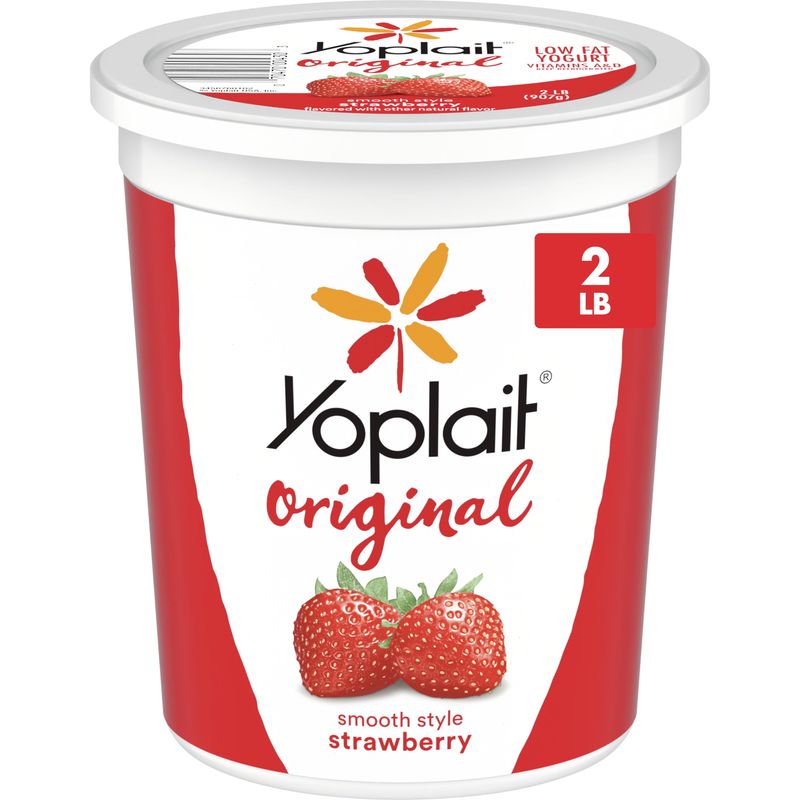
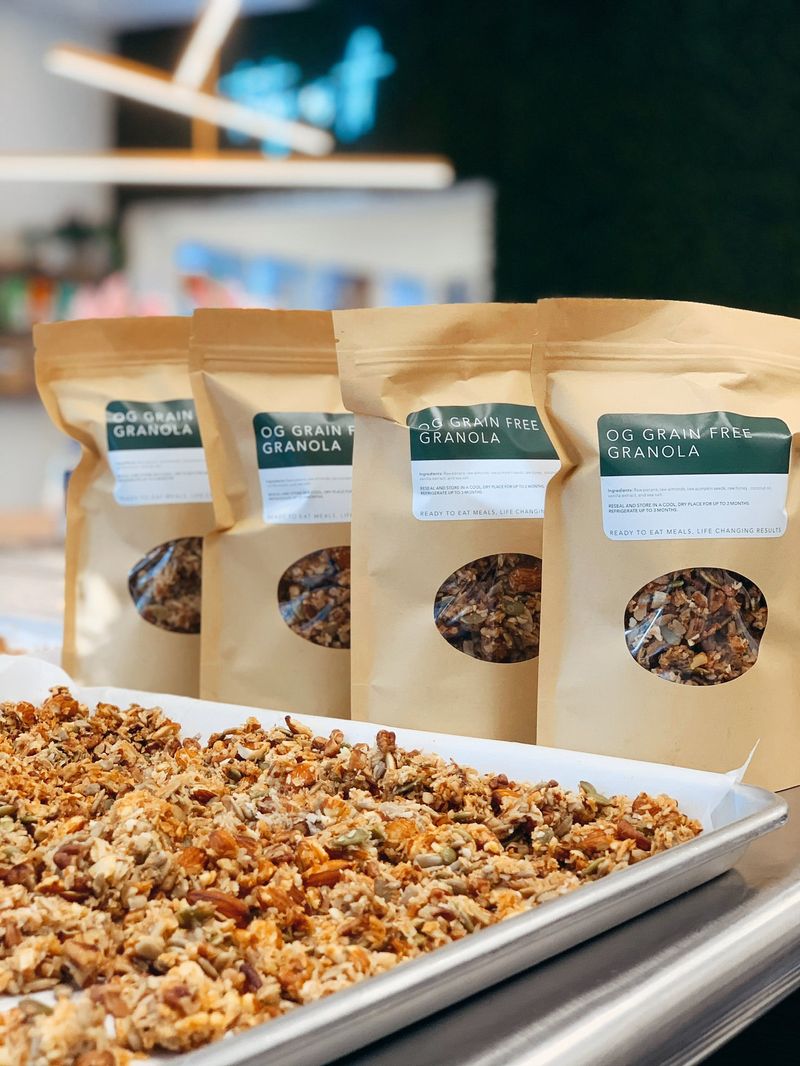
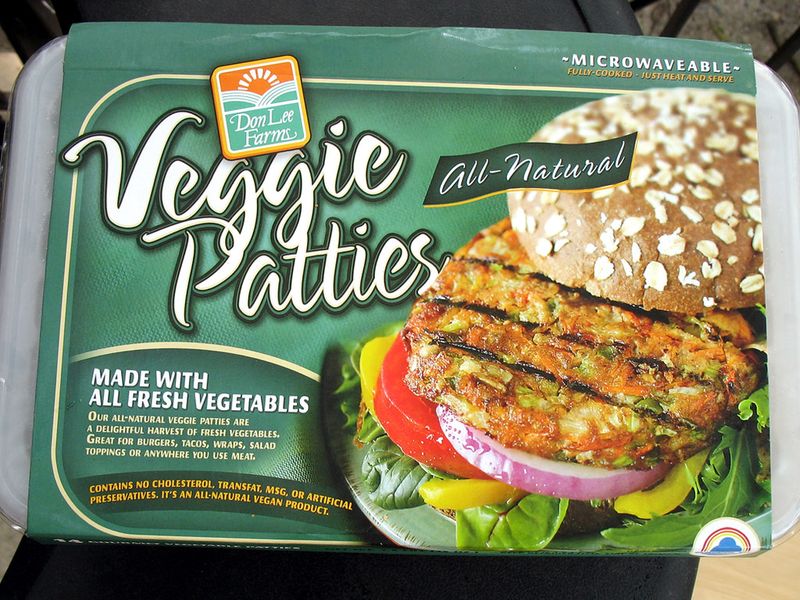
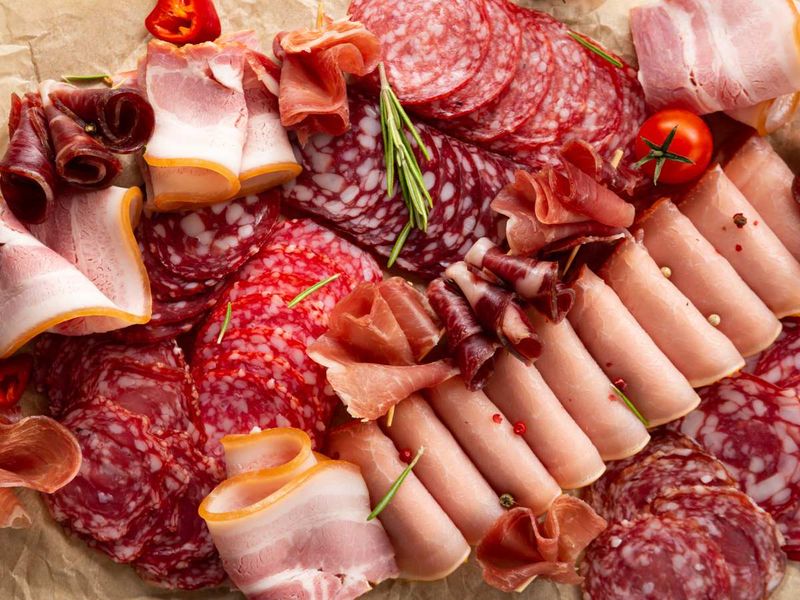
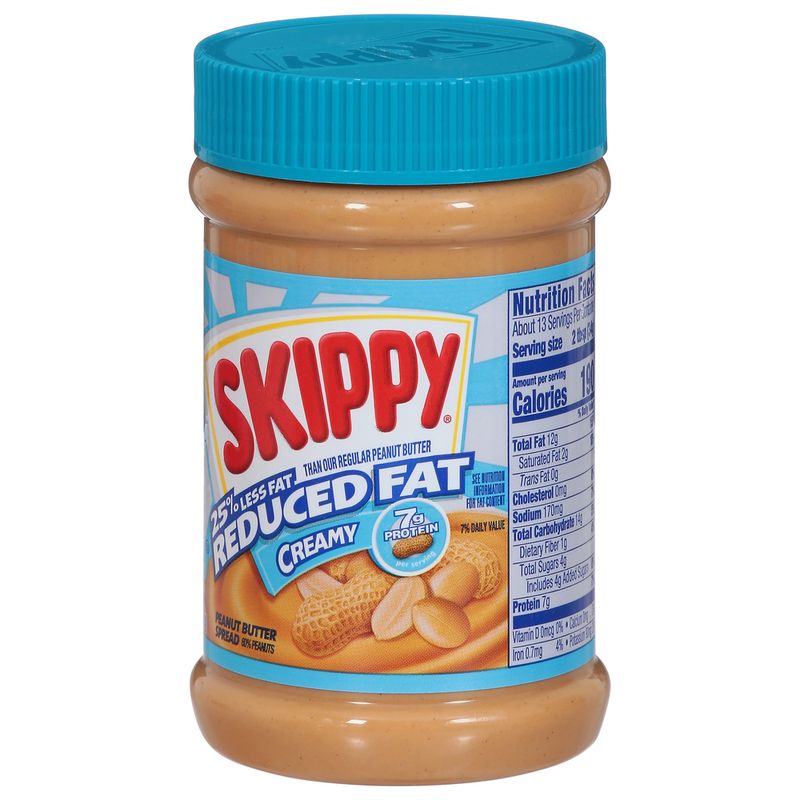
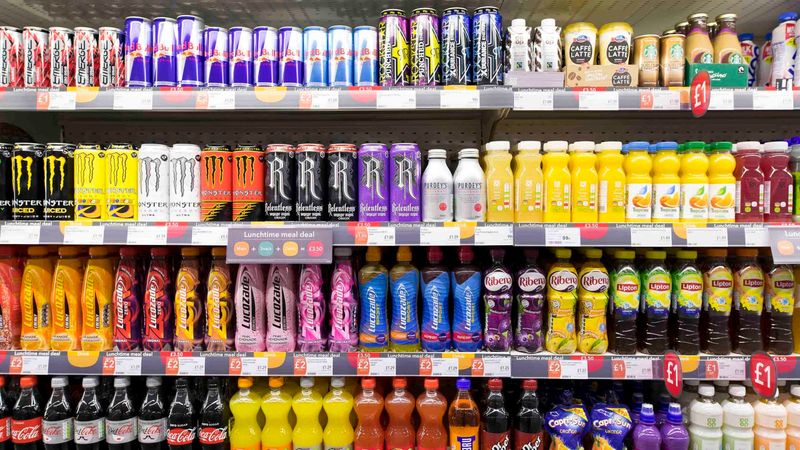
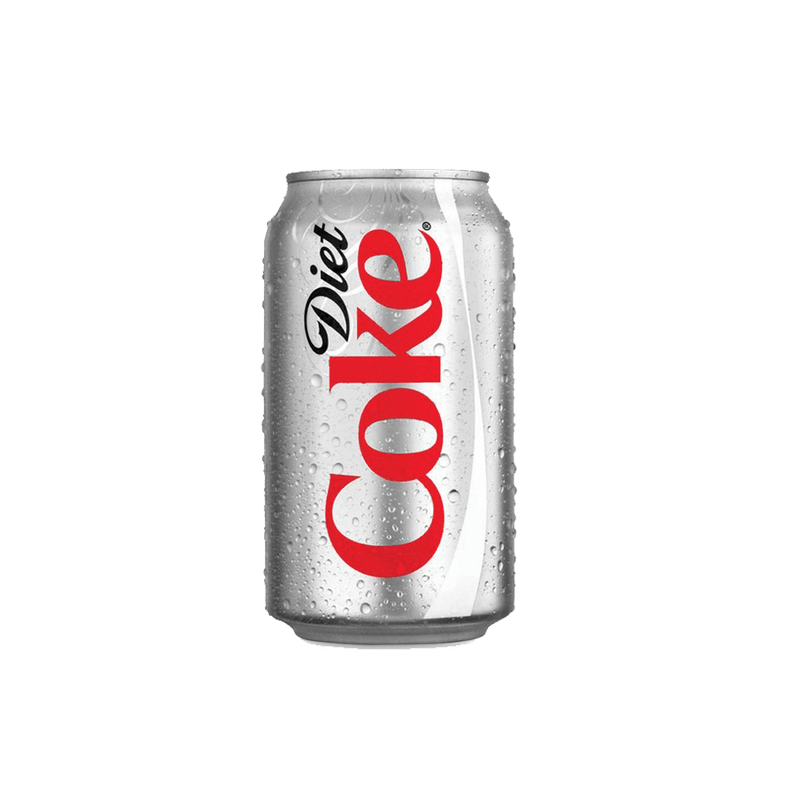
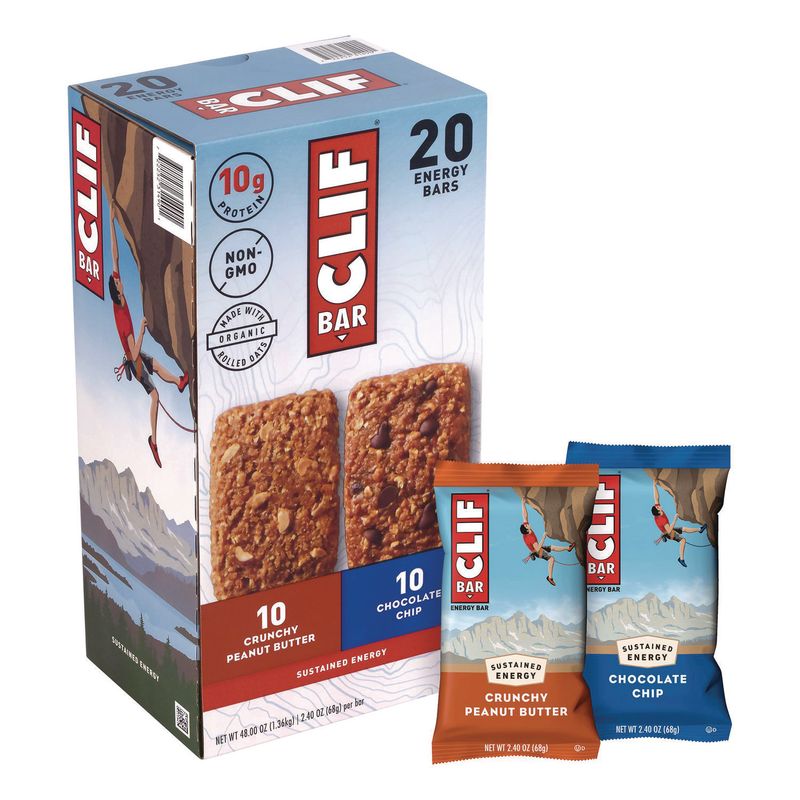
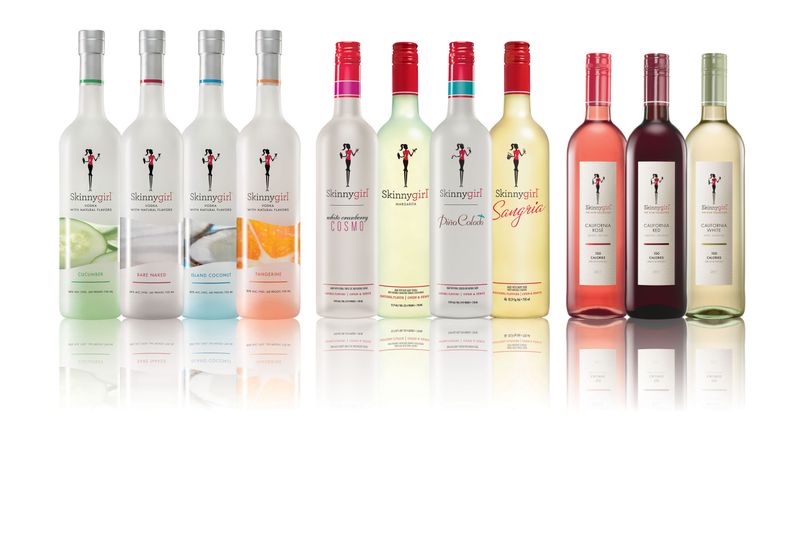
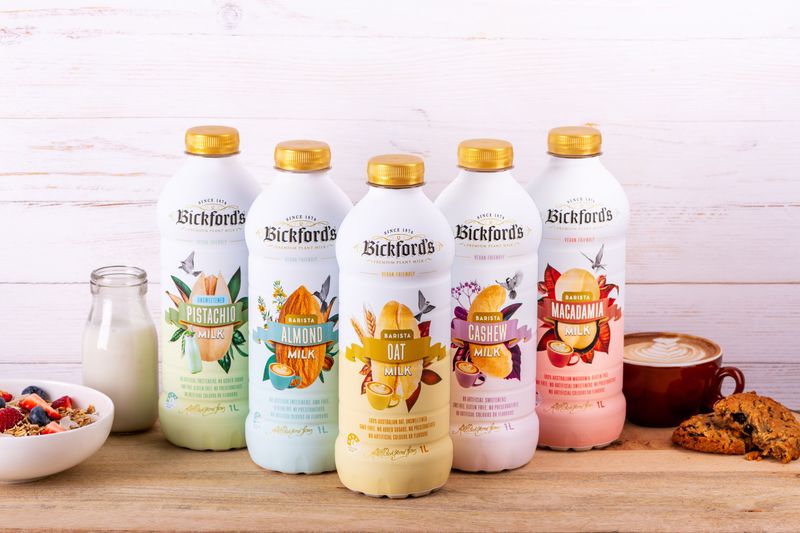
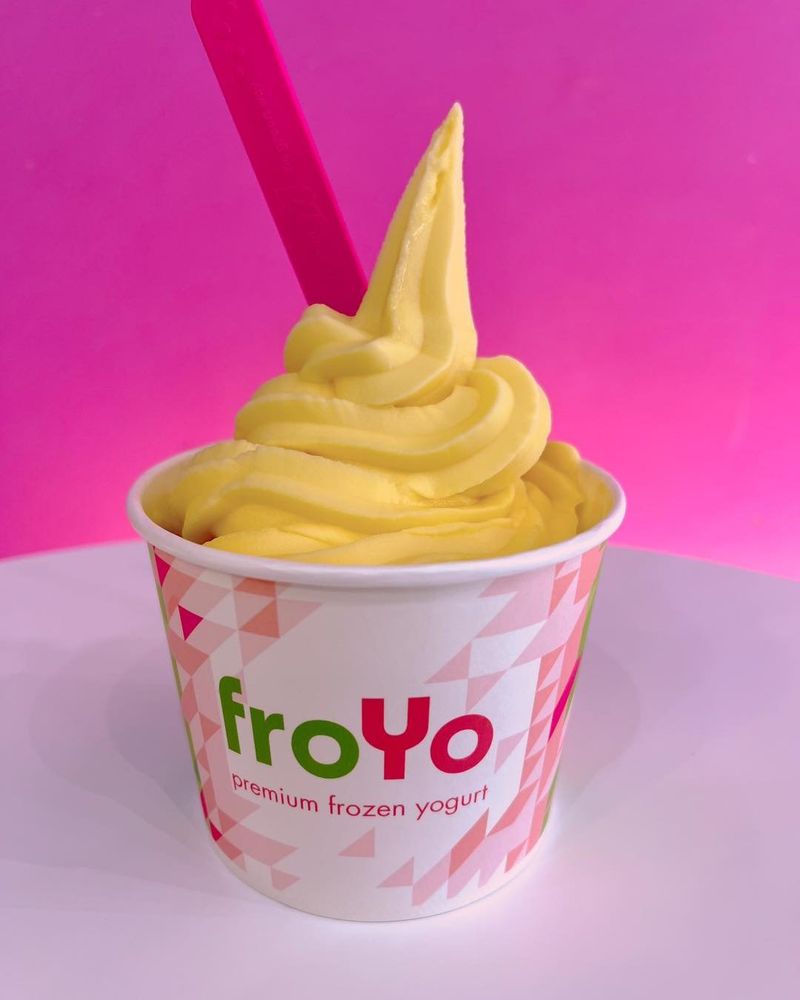
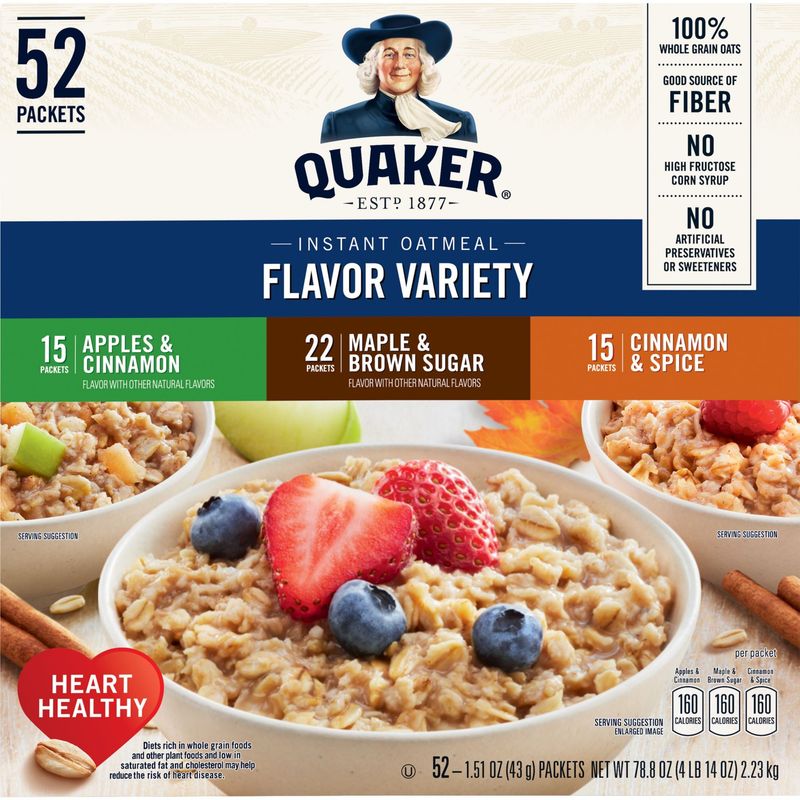
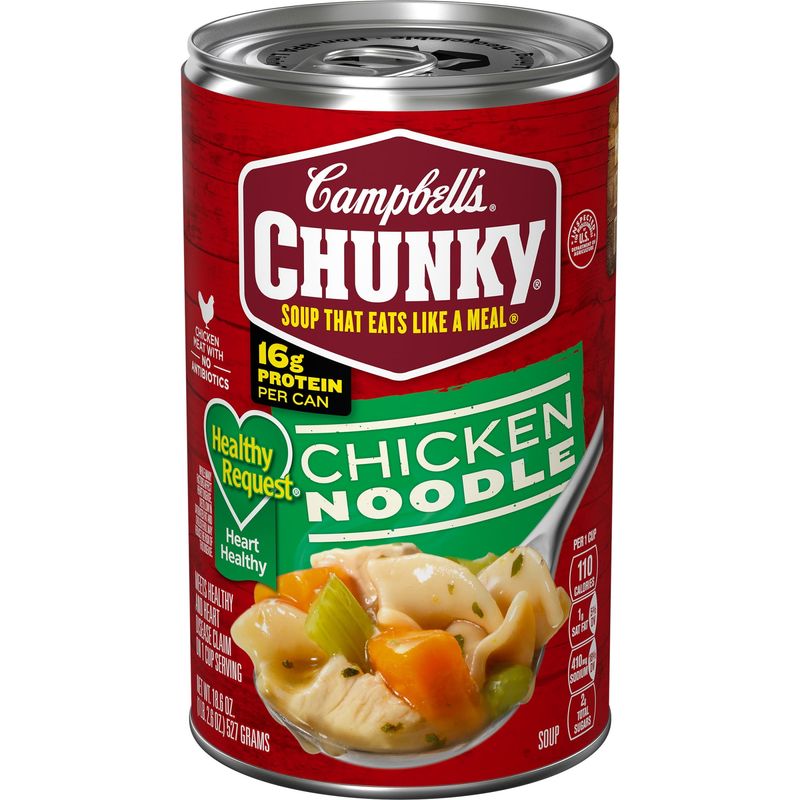
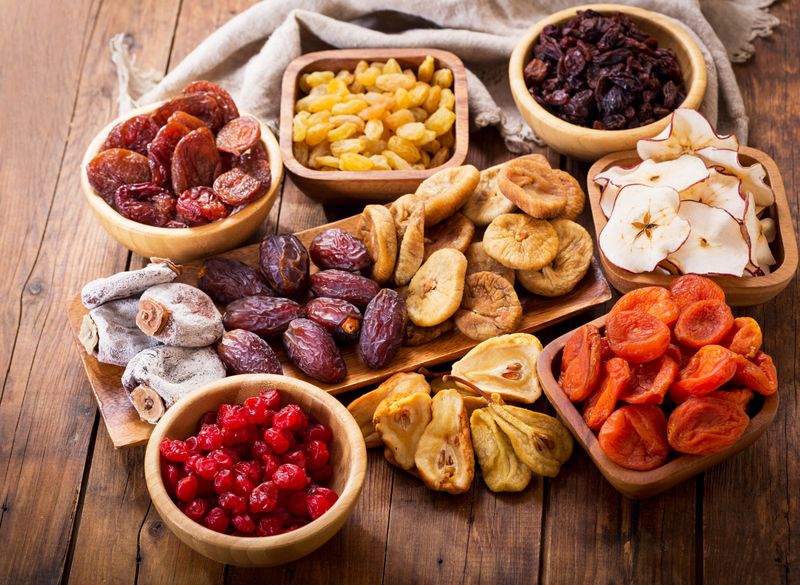
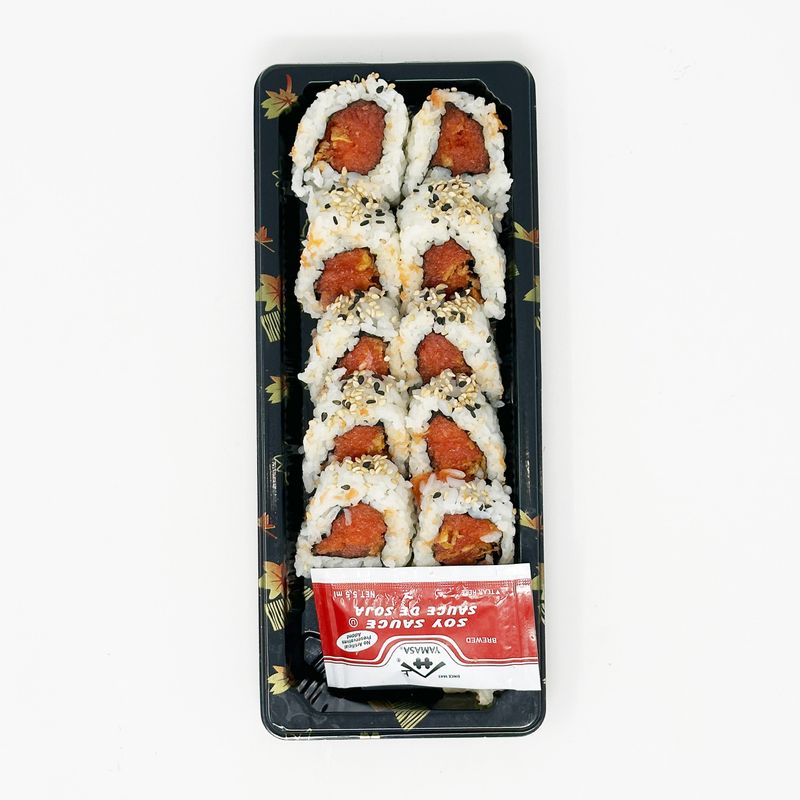


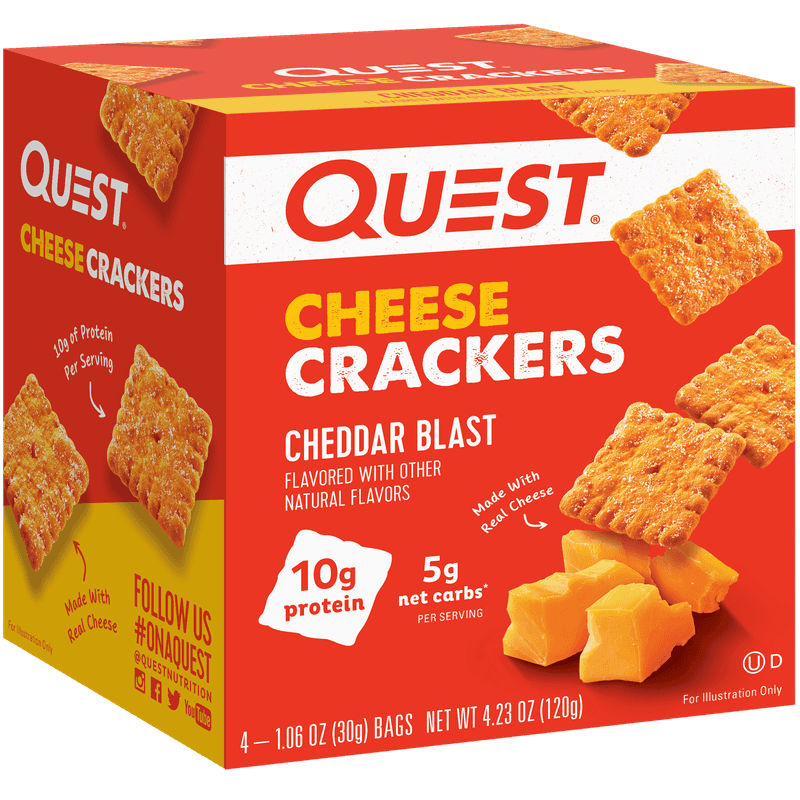
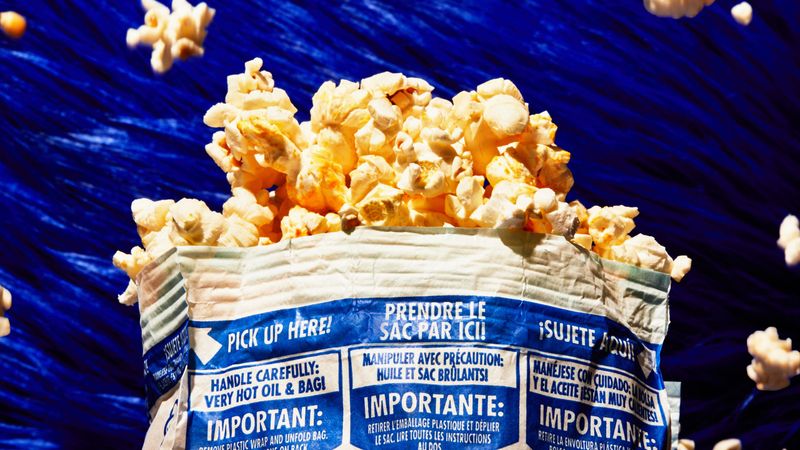
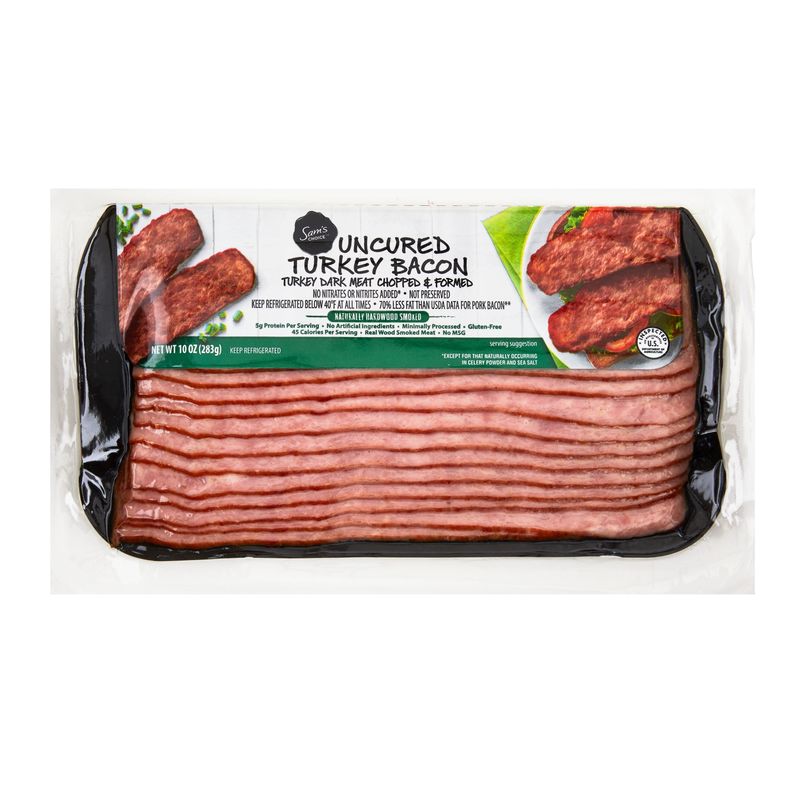
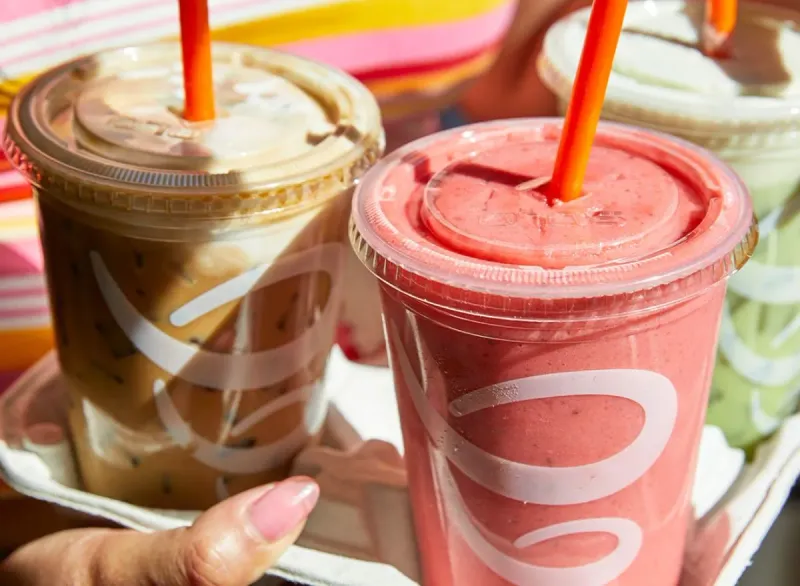
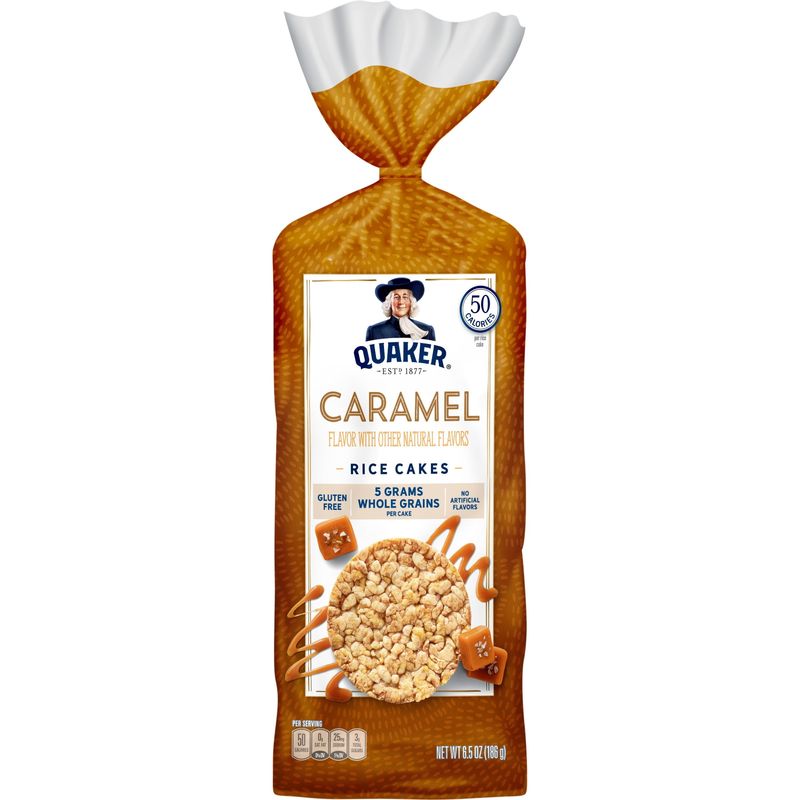
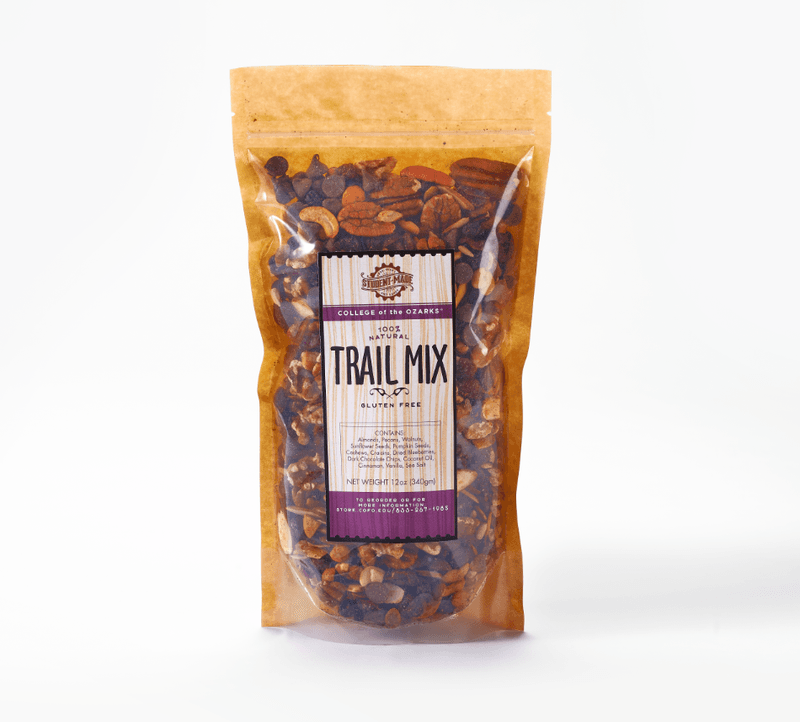
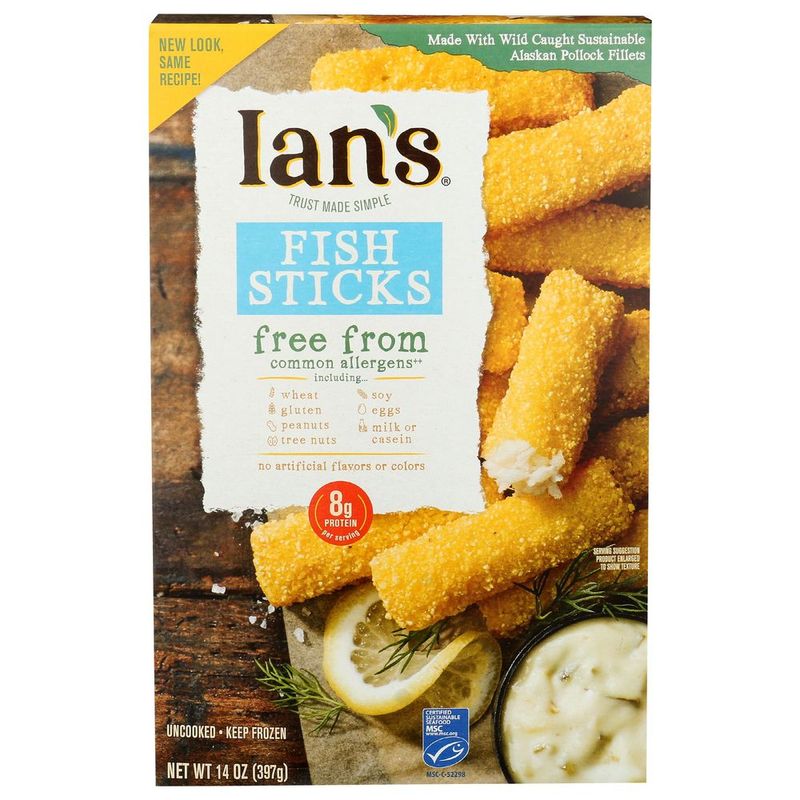
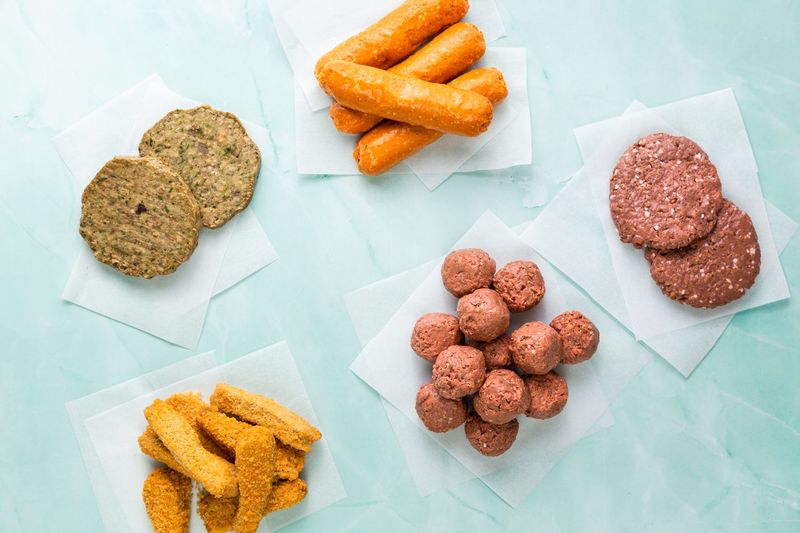
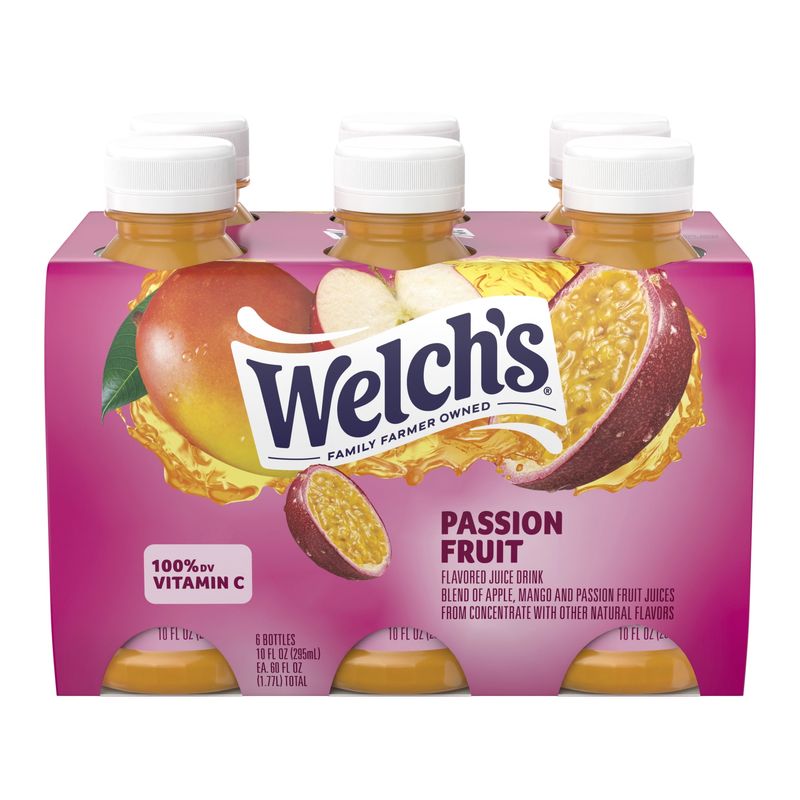
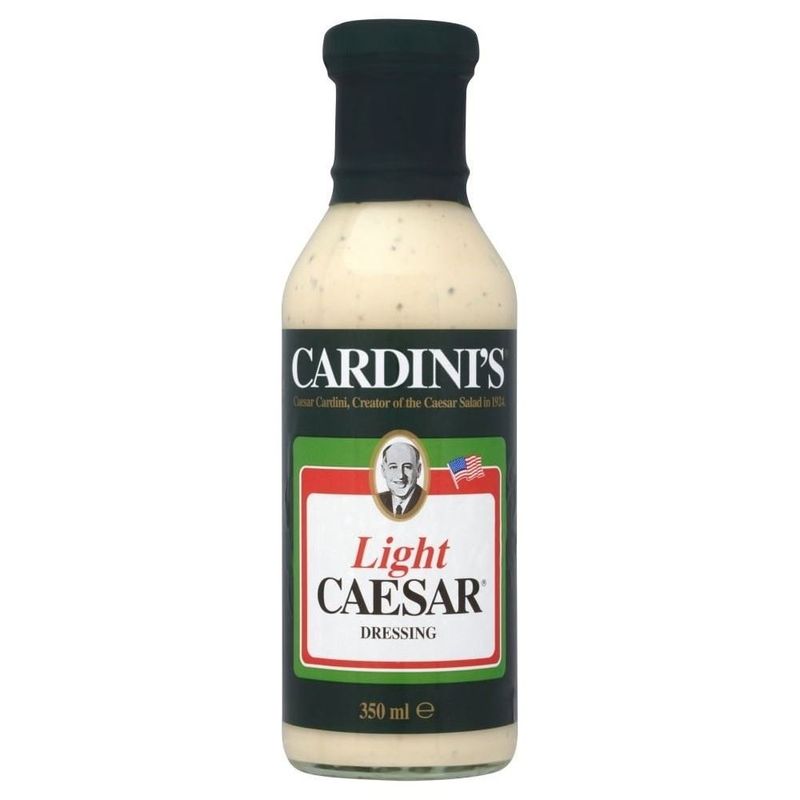
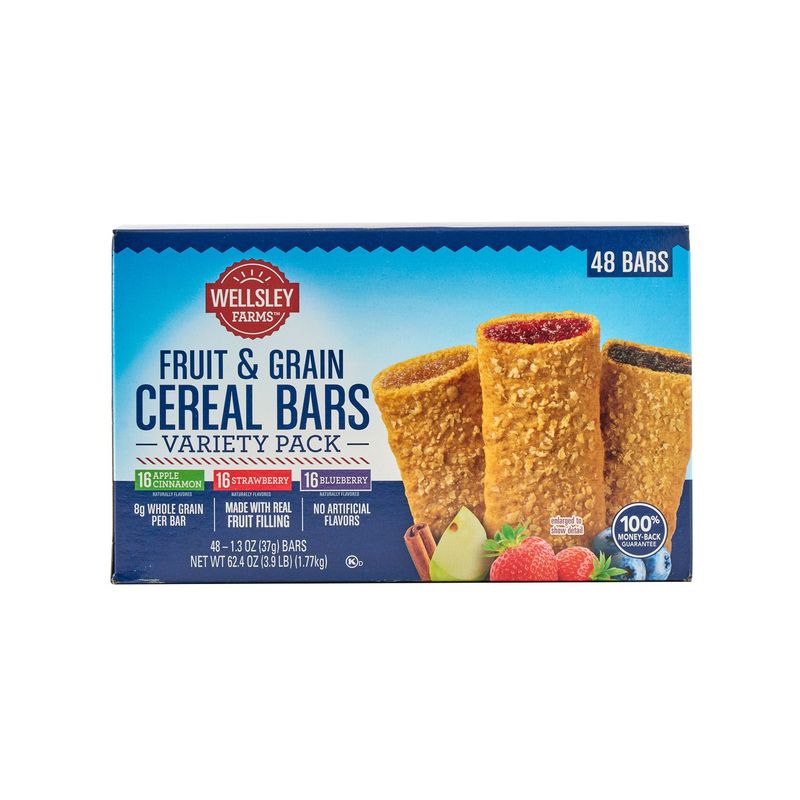
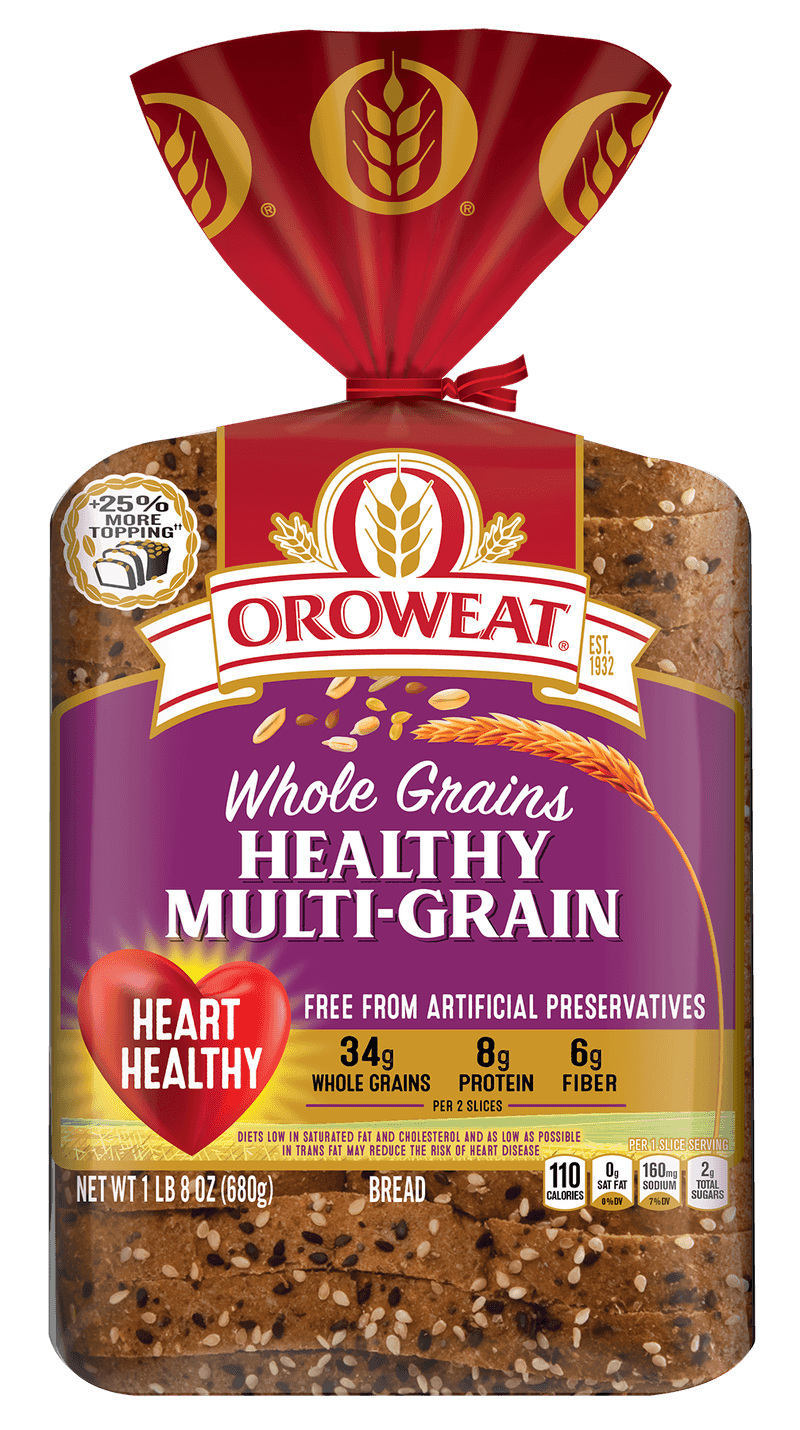
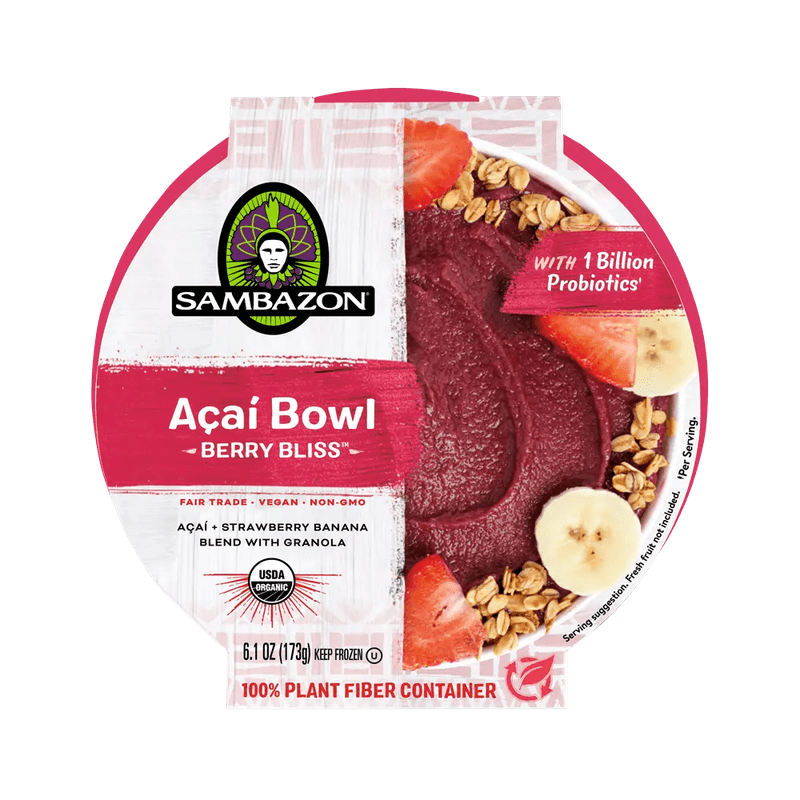
Leave a comment